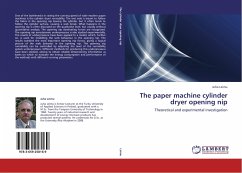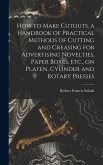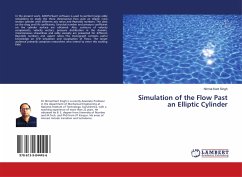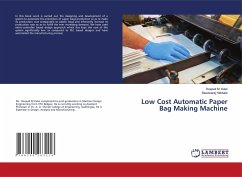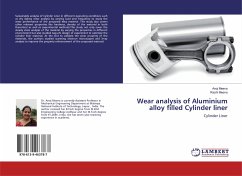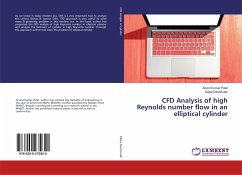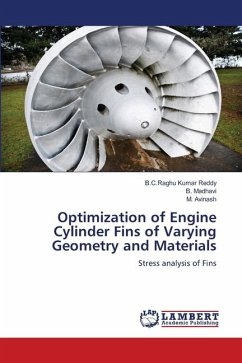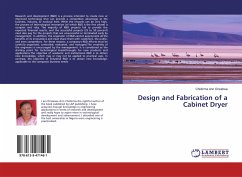One of the bottlenecks in raising the running speed of wide modern paper machines is the cylinder dryer runnability. The wet web is meant to follow the fabric in the opening nip leaving the cylinder, but it often tends to follow the cylinder surface, causing a web break. What happens in the opening nip is often discussed on the qualitative level, but usually without quantitative analysis. The opening nip dominating forces are recognized. The opening nip aerodynamic underpressure is also studied experimentally. The results of underpressure have been applied to a model, which, further on, is used for modelling the web behaviour in the opening nip. The results combine the most important opening nip forces, giving a logical picture of the web behavior in the opening nip. The opening nip runnability can be controlled by adjusting the level of the runnability system underpressure. Different methods for producing this underpressure have been studied, aiming to obtain reliable dimensioning information as bases on which to evaluate the energy consumption and performance of the methods with different running parameters.
Bitte wählen Sie Ihr Anliegen aus.
Rechnungen
Retourenschein anfordern
Bestellstatus
Storno

